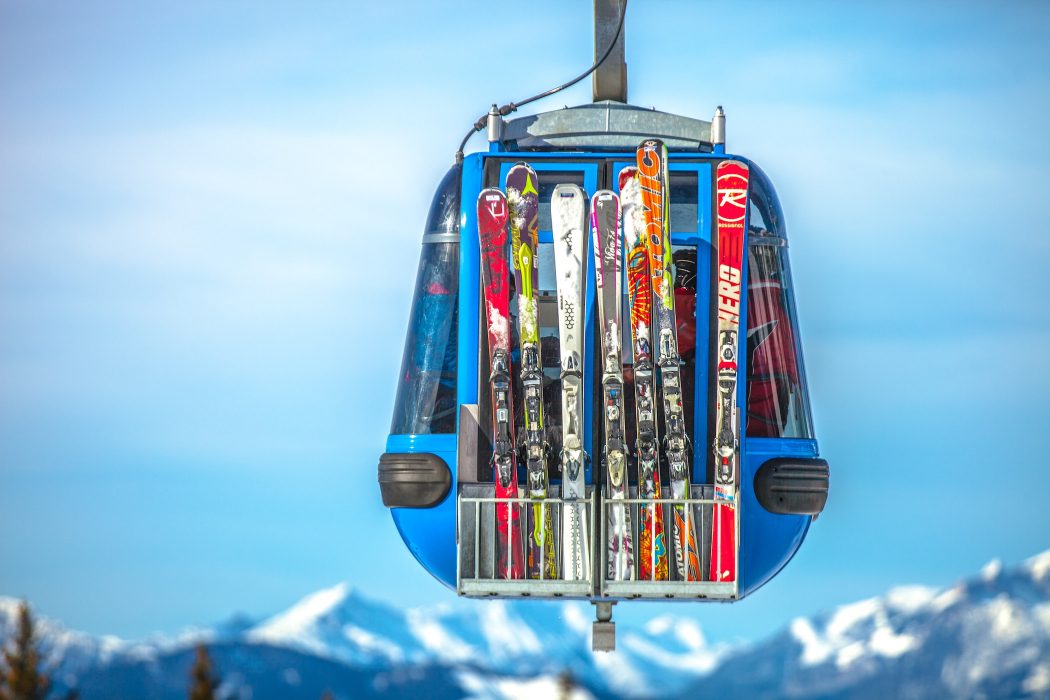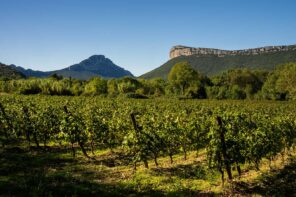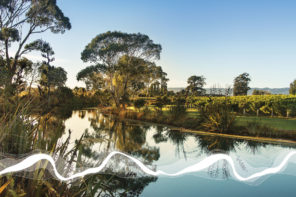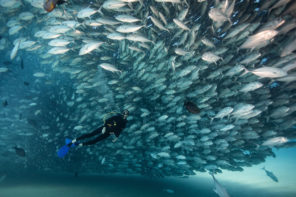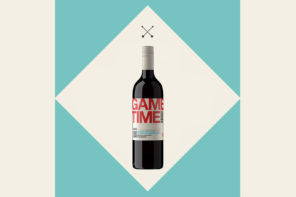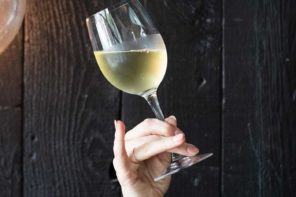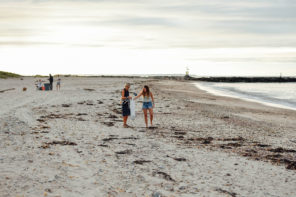A sommelier makes the case for snow-season rosé. (Trust her. She’s a professional.)
Après ski. Is it a time for a glass of wine? Yes. It’s the perfect time.
Give the hot toddy and hot-buttered rum a rest. The après ski glass of wine is totally a thing. And like all things, there is a right and wrong way to do it. A big, bold red: wrong. A chilled glass of rosé that tingles slightly on the tongue: right. Think about it. You’ve been engaging in a physical activity all day; you’re curled up in a cozy sweater by a hot fire… does a mouth-drying, teeth-staining, boozy wine really sound good? The answer is no. A cold, refreshing glass of rosé is just the thing. (Save the cab for your steak dinner later.)
You’ve been engaging in a physical activity all day; you’re curled up in a cozy sweater by a hot fire…
If you were reading this in a ski resort in the Alps right now after a day on the slopes, you’d probably have a nice, chilled glass of rosé in your hand. Rosé is the traditional drink to have at the chalet. To the point where winemakers in Southern France associate rosé with the winter holiday and alpine pursuits. They seem almost confused by Americans’ insistance on connecting rosé exclusively with boats and pool parties.
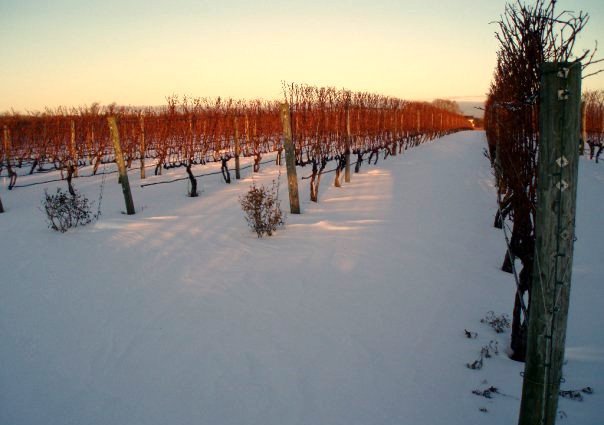
Wölffer Estate Vineyard, Long Island, in winter. Photo Patrick Clementz
Why drink rosé at all?
Rosé is also going to make an amiable companion to some of your hearty winter food. Here’s why.
The thing that gives rosé wine its blush contributes more than just color: the skins of the red grapes. Rosé wines are made with red grapes, but lightly macerated and gently pressed soon after picking (rather than fermenting with the skins in the vat, as red wines are made). Grape skins also contribute flavor, texture and tannin, as you can well imagine if you have ever eaten a grape. A well-made rosé wine is more than just alcoholic kool-aid, in other words. It can be fruity, yes (it is made from a fruit after all) but it can also be savory, complex and pair oh so nicely with hearty, umami-rich winter foods (think mushrooms and bitter greens).
Rosé wines are often the first wines to be bottled and released of a particular vintage—as early as February.
Fresh off the press
Wine is an agricultural product, tied to the seasons, but unlike many wines, most rosé is best enjoyed fresh. And ski season is when it’s ready. Rosé wines are often the first wines to be bottled and released of a particular vintage—as early as February, as they are at Wölffer Estate in Long Island, across Provence and France and in California.
I remember last year standing outside the winery as we were bottling our rosé of pinot noir. It was a brilliant winter day in northern California: cold and sunny. We were working in down jackets and fleece vests and Ray Bans. I pulled one of the first bottles off the line, poured a few glasses and we cheered to the first finished wine of the vintage. How lovely that fresh, young wine tasted standing in the bright, chilly morning. So yeah, that is a pretty specific moment, but I’m saying that drinking freshly vinted rosé on a cold sunny day is highly recommended. You should try it.

Crushing it. And then later bottling it. Photo @mme_glass

